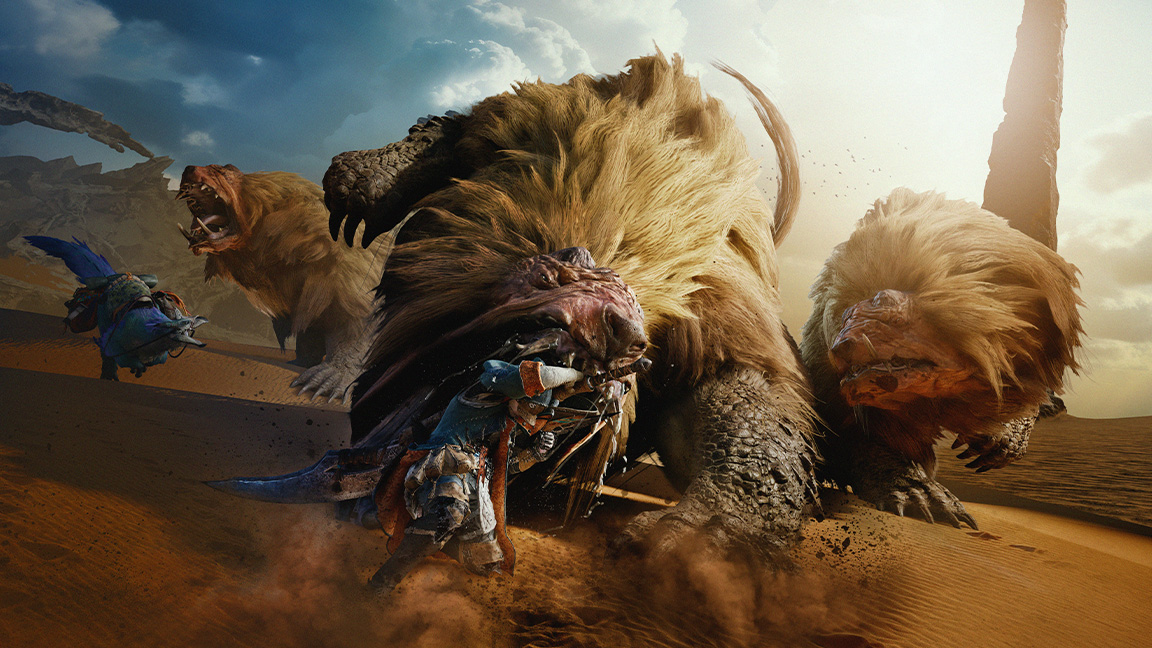
Although more Japanese game studios have taken to developing with Unreal Engine in the past decade, there are still developers who take pride in using their own proprietary engine. While internal engines aren't usually branded, and are often closely guarded secrets, the most high-profile one is Capcom's RE Engine, first used for 2017's Resident Evil 7, last used for RE4 Remake, and has since been used to develop the company's other titles, including Monster Hunter Wilds.
Now, more than two decades old, the long-running action RPG series finally broke through to worldwide acclaim with the release of 2018's Monster Hunter: World, which brought the franchise back to home console hardware (read our guide to the best games consoles), affording the opportunity to modernise the gameplay.
Monster Hunter Wilds looks set to expand on the series, leveraging RE Engine to create an even more ambitious and larger scale monster hunting world than ever before.
"Like the name says, the wildness of nature is the major point in this title, it's more aggressive and there's more threats than ever before out there for players to discover," says game director Yuya Tokuda. Monster Hunter Wilds isn't actually the first title in the series to use RE Engine, but rather Monster Hunter Rise, which was first developed for the less powerful Nintendo Switch, though it also showcased just how versatile the engine is.
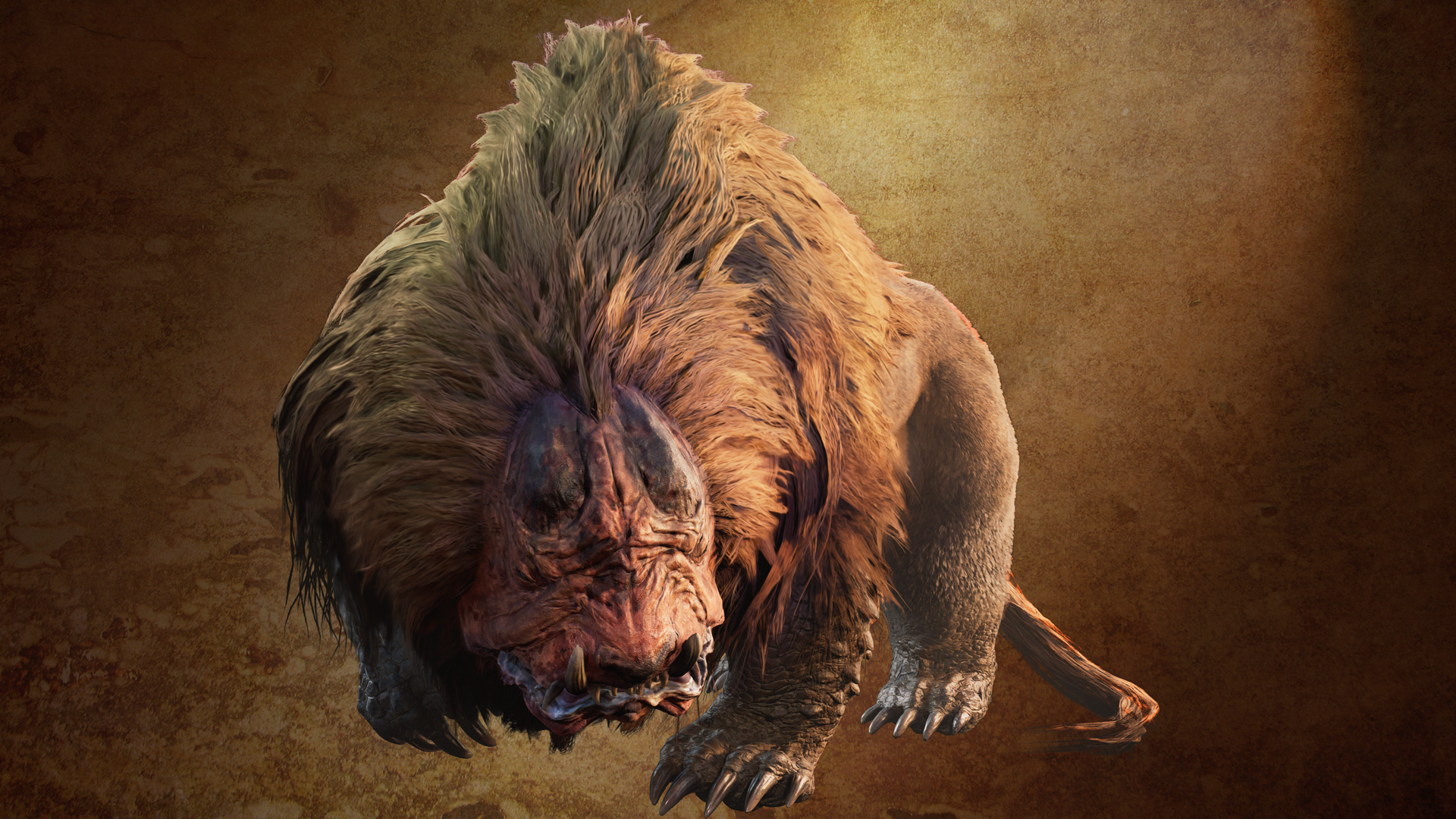
Being an internal engine also means the developer has greater control over its features, whereas third party engines can suffer from poor optimisation or issues where it's not clear whether the team or the engine is at fault.
"Early on, I was able to go and talk to the engine team myself and tell them what it was I was going to need from the engine for this game, and having that request in early meant that the engineers were create new features of the engine that hadn't been in it before that were specifically implemented to help me realise my vision for Monster Hunter Wilds," Tokuda explains.
"It is a huge advantage being able to work with the engineers on every title," series producer Ryozo Tsujimoto adds. "That means RE Engine is improving day by day, which means we naturally benefit from improvements implemented for past titles, and we're also passing that forward to future development teams."
Get the Creative Bloq Newsletter
Daily design news, reviews, how-tos and more, as picked by the editors.
Wilder things
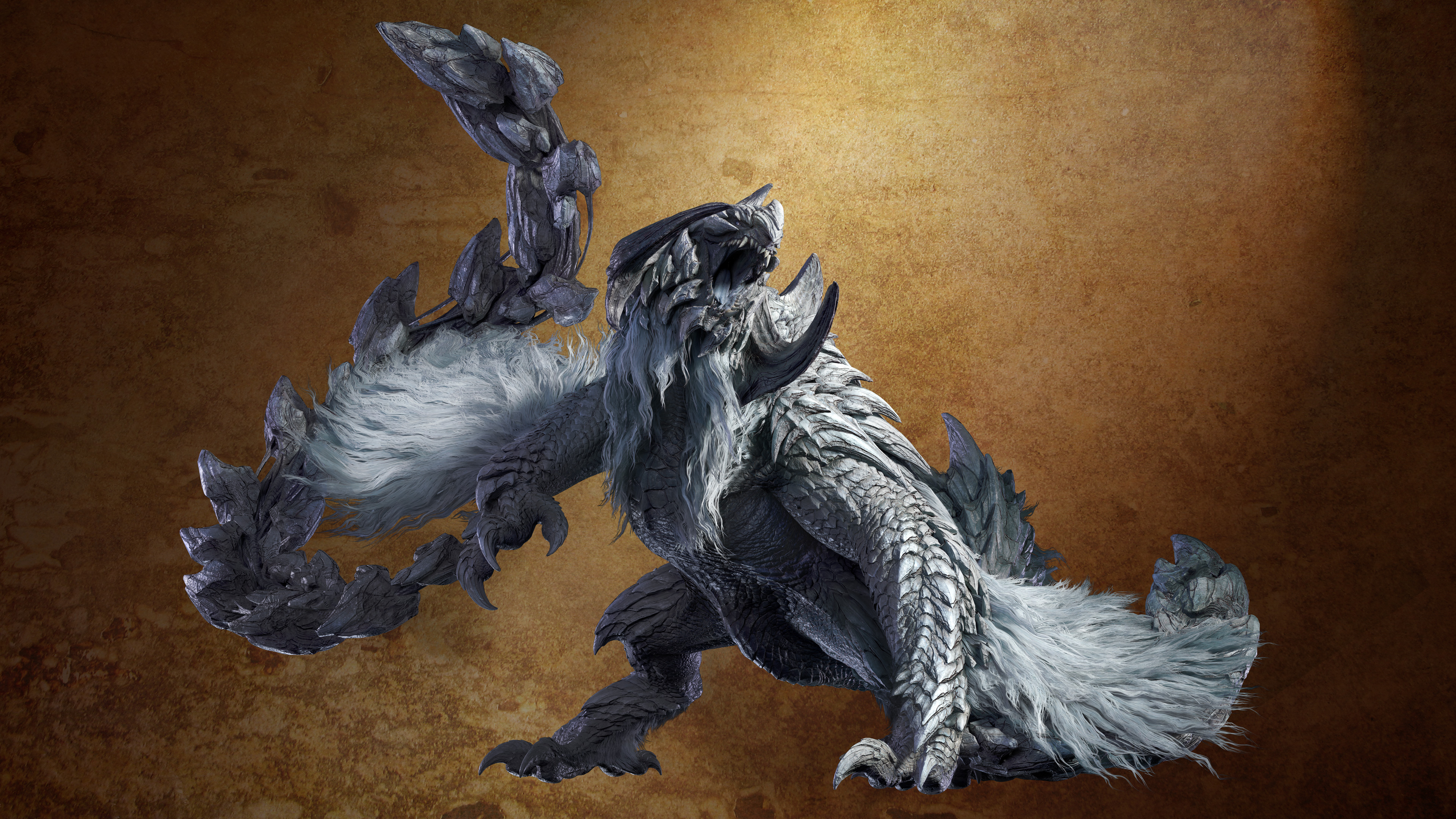
While the core gameplay of Monster Hunter usually centres on hunting a specific monster in an area, it's also within the context of a living breathing ecosystem rather than just a video gamey level that has a boss in it. Tokuda says that one of the main concepts he wanted to introduce to Monster Hunter Wilds was that instead of just facing one monster, they would appear as herds. While past games feature groups of smaller less hostile monsters, this changes in Monster Hunter Wilds, such as one of your first hunts for new monster Doshaguma, which looks like a cross between a bear and lion.
"The same monsters appearing in larger numbers is something we hadn't really had before because you need to have the capacity to calculate the AI of multiple different groups at the same time and handle all those groups and where they're going to be," he explains. "Seeing a whole group of them, whether that means coming towards you or around is very imposing and it creates a sense of danger that maybe previous titles didn't."
You're still just targeting one monster for the hunt, the alpha, notable by being larger as well as a different colour from the rest, but that then requires being able to isolate it from the rest of the herd.
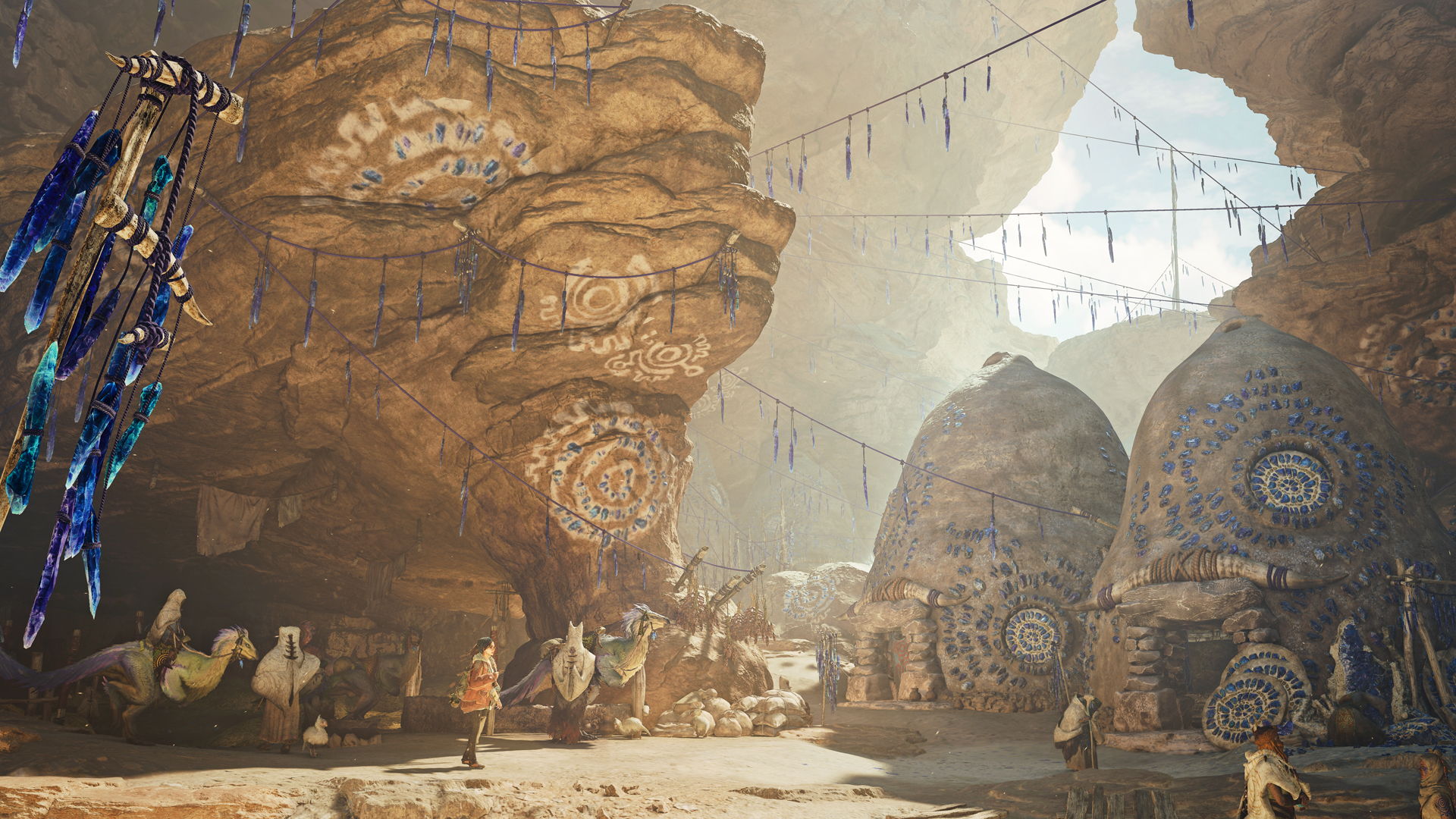
There will still be an element where large monsters can clash with another in Turf Wars, originally introduced in Monster Hunter: World, while you can expect the apex monsters such as the iconic Rathalos to still show up by themselves.
"The food pyramid is essentially how I think about monster designs, so there should be monsters at the bottom of the food pyramid, then which one's higher up, and who's the king of the jungle, so to speak, for that particular area," Tokuda continues. "But there has to be also a certain state design or level designer approach as a video game."
In other words, not all monsters can be designed to be equally threatening and powerful, otherwise players would be overwhelmed. For instance, the first large monster you hunt has to ease players in, and so their attacks need to be easily readable.
"As the game moves on and players get better, then the subsequent monsters should build in more factors," Tokuda adds. "So this one is more aggressive, this one you'll need another build, this one makes you consider the map's verticality. It's also integrated with the maps you progressed through, so it's quite a complex, interconnected design philosophy."
Given the series' long history, there's a lot of returning monsters that join the roster of new ones as well. But how does the team decide which ones to bring back? "We don't just start with, let's put this monster and decide where it goes, it has to fit in the ecosystem of the game," says Tokuda. "We would see if there's a gap in the monster lineup in a particular ecosystem where we already have a monster from a past title that actually fits well in that slot of what we want to achieve, both in terms of being plausible as a monster living in that area but also in the gameplay set up, such as having it at the start of middle of the game."
Opening up the world
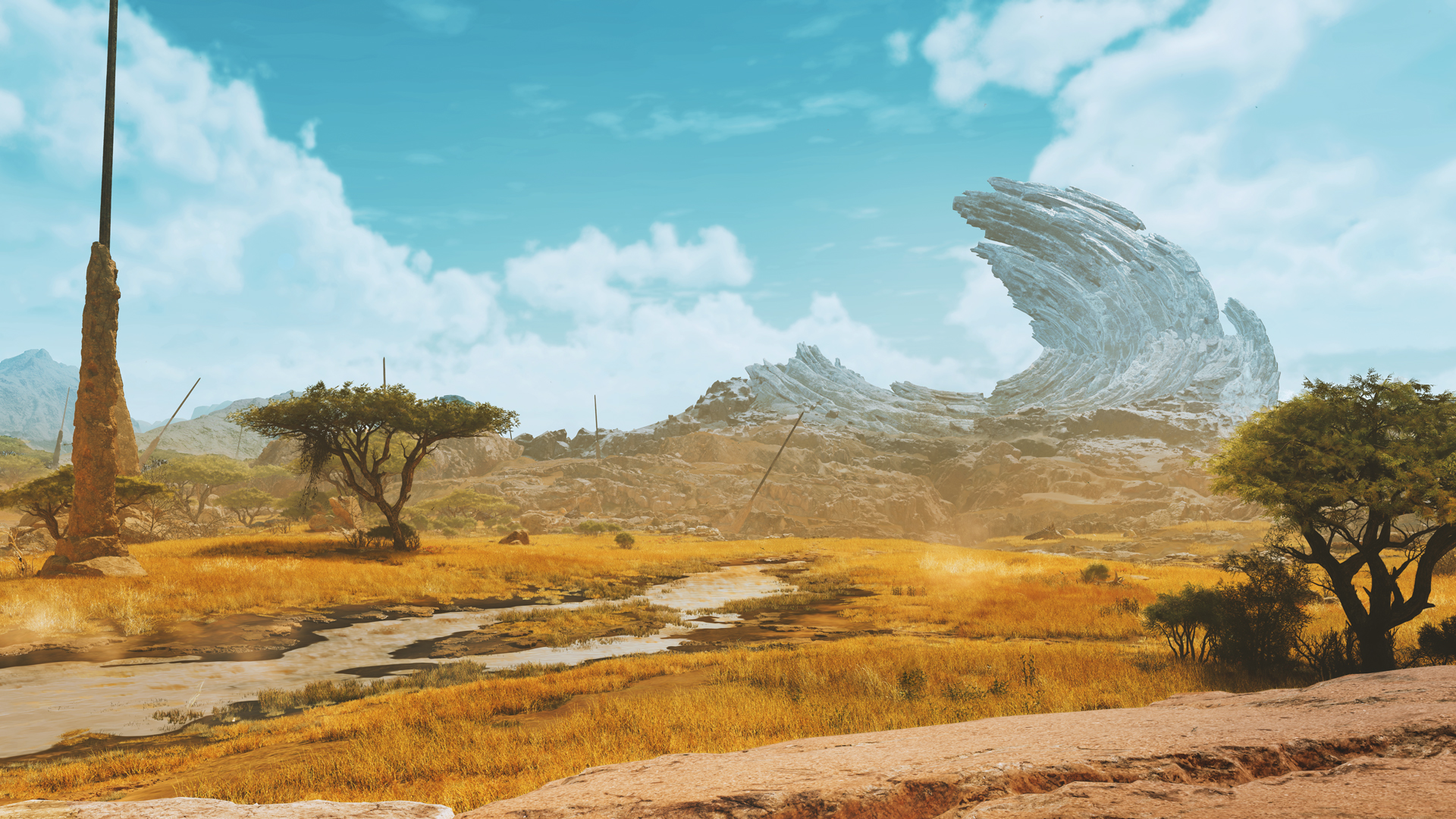
Monster Hunter Wilds' creatures aren't all out to get you. Much of the series' charm comes from its friendlier critters, such as the feline Palicoes. This game introduces a new creature that you can also ride, the bird-like Seikret. To some extent, you might assume it's a continuation of the rideable mount feature introduced in Monster Hunter Rise, although it had been in the form of the dog-like Palamute. As for why the change, Tsujimoto chimes in to clarify the team's approach to making each game.
"We don't really think in terms of picking up features from past titles and carrying them forward into the next one, because each title we do design on its own basis and the features included will be what we think are needed to achieve the game design vision that we have in mind," he explains. "Even though it might look like the Palamute and the Seikret are basically comparable features because they're both creatures you can ride, I think that functionality-wise, they're completely different."
Whereas the Palamute served a speedier play-style where you can go straight to hunting the target monster that's also displayed on the map from the start, the Seikret was designed to help navigate much more intimidating map sizes and designs that may sometimes confuse players. Having a bird-like creature was also more convincing when it came to traversing a lot more vertical environments, certainly as with Monster Hunter: World, Monster Hunter Wilds has a more of a realistic aesthetic that might have dogs being able to run up walls a bit out of place.
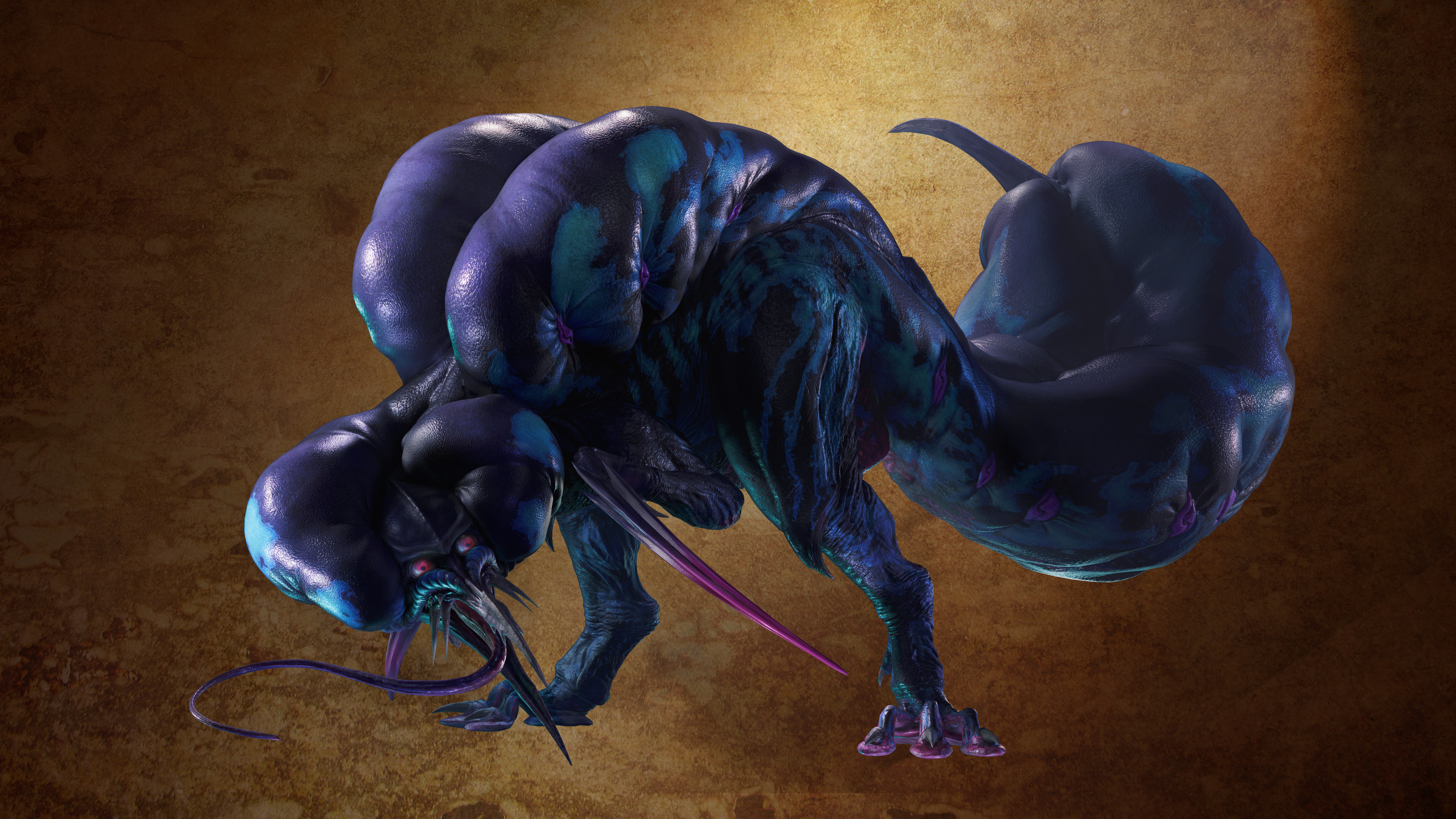
This naturally brings us to the game's environments, which sees a further evolution from past games. Where technology allowed Monster Hunter: World's maps to no longer be broken up into areas separated by loading screens, Monster Hunter Wilds' maps aren't just larger than ever before, reportedly double the size of previous entries, but also seamlessly integrates with the camps, which used to be separate locations. This is just one hint of a core theme in the game's environmental design.
"The basic idea is humans are part of the ecosystem as well," Tokuda teases. "So when you put human characters into a world like Monster Hunter and you think of them as not just looking at that from the outside but being part of it as well, what implications does that have and where does the story develop from there?"
While the map sizes also allows for more environmental variation within a map so that it's not just a single generic theme like a fire or ice level, not to mention changes in the climate that also affect the terrain and therefore monster behaviour, was there any consideration over making the whole game fully open world or was there a reason behind sticking to separate maps?
"We never really used the phrase 'open world' in development, it's just not really a kind of a word that passes our lips," Tsujimoto concludes. "But as a result of us working on an evolution of the formula in which it became more seamless than ever, we ended up with a sort of lower-case open world, but we don't like to restrict ourselves by either defining it against that, whether positively or negatively."
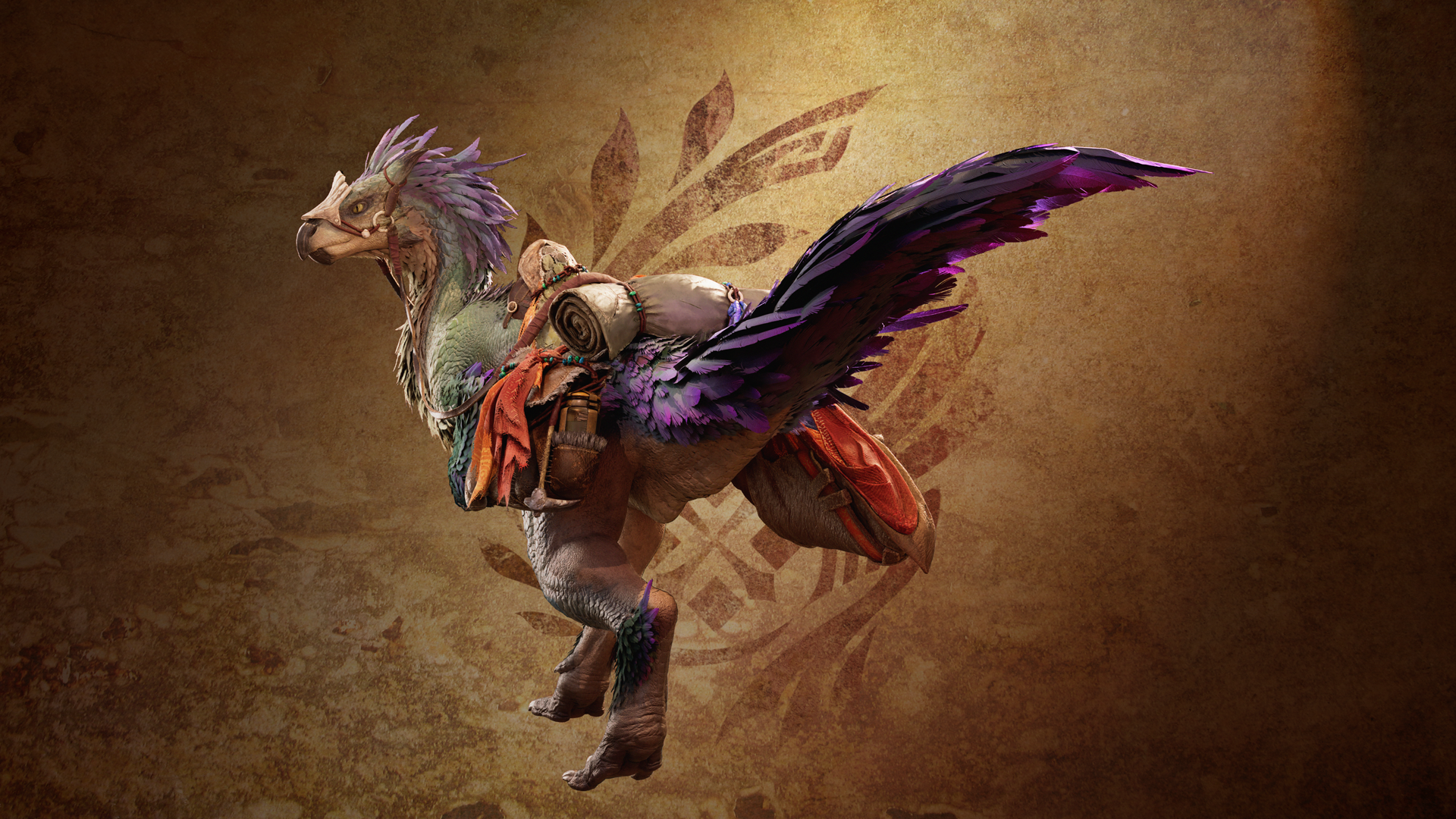
Monster Hunter Wilds releases for PlayStation 5, Xbox Series X/S and PC on 28th February 2025. Players eager to give it a try early can participate in a final open beta taking place from 14-17 February 2025.

Thank you for reading 5 articles this month* Join now for unlimited access
Enjoy your first month for just £1 / $1 / €1
*Read 5 free articles per month without a subscription

Join now for unlimited access
Try first month for just £1 / $1 / €1

Alan Wen is a freelance journalist writing about video games in the form of features, interview, previews, reviews and op-eds. Work has appeared in print including Edge, Official Playstation Magazine, GamesMaster, Games TM, Wireframe, Stuff, and online including Kotaku UK, TechRadar, FANDOM, Rock Paper Shotgun, Digital Spy, The Guardian, and The Telegraph.
You must confirm your public display name before commenting
Please logout and then login again, you will then be prompted to enter your display name.
